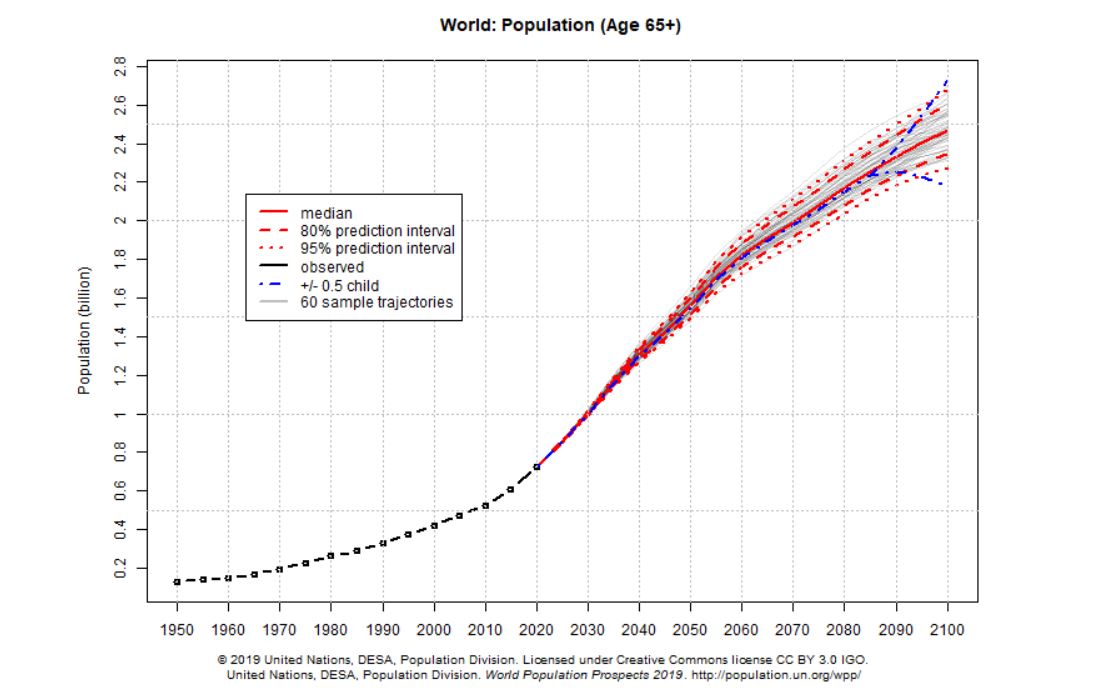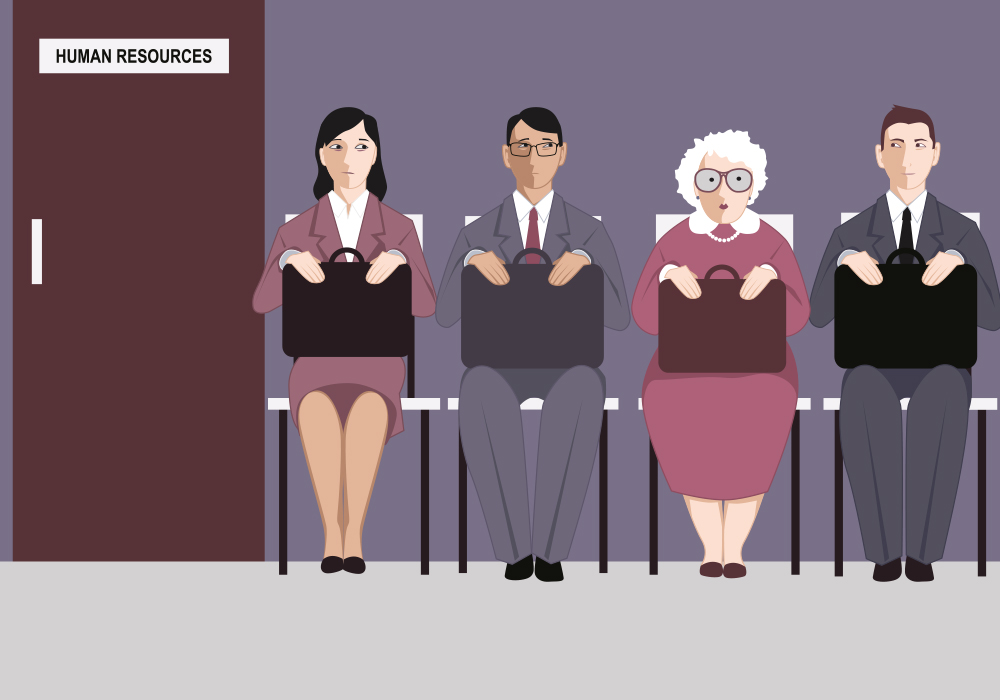Ending Age Discrimination in the Workplace
Therefore, it’s necessary to carry out an exercise in order to eliminate stereotypes that only lead to stigmatization and a loss of very valuable talent for companies. The AGE platform suggests three main lines of action:
- Education with the aim of raising awareness of age discrimination
- Promote policies to eliminate age discrimination, as they don’t exist at national level (with some exceptions such as the United States, with the Age Discrimination Act since 1967). In Europe, there a directive in 2000 and a proposal in 2008, but little formal legislation in this area.
- A United Nations Convention on age discrimination, such as already exists for the Rights of the Child, Corruption, or on the Law of the Sea.
At the organisational level, there are also interesting proposals to put an end to ageism or age discrimination.
To genuinely value heterogeneity. This first point is crucial. Organizations must be aware of the wealth generated by five generations working at the same time on the same project, facilitating a cognitive diversity that can only be achieved through heterogeneity. Few things are obtained by working alone, or with people who are identical to us.
Re-imagine the week, offering flexibility. Does it really make sense to keep thinking about the 9 to 6? Should the vast majority of us stick to this industrial timetable, which leads to queues and wasted time on the tarmac? It is important, and positive for social and ecological sustainability, to offer non-industrial working hours, where each person has the freedom to choose a flexible starting and finishing time. In some countries even, at a certain age, it’s sometimes possible to negotiate the number of hours you want to work. It can be an element of attraction in order not to lose the magnificent talent offered by older people.
Recruit “older people”. Not only it’s necessary not to replace or fail to replace older people with younger, cheaper options, but to purposefully hire older employees in order to continue to foster cognitive diversity and allow the richness that only heterogeneity can bring to emerge. In the United States, companies such as Boeing or Walgreens invite older people back with innovative programs known as “returnships”.
Teach “recruiters” not to discriminate on the basis of age. This is a good challenge, as it is difficult for everyone to understand their own biases, but for recruiters it’s essential to do an exercise in order to understand their own towards potential new, older employees. This is the only way to offer them a genuine and sincere entry.
Bibliography:
Wood, G., Wilkinson, A., & Harcourt, M. (2008). Age discrimination and working life: Perspectives and contestations – A review of the contemporary literature. International Journal of Management Reviews, 10(4), 425–442. https://doi.org/10.1111/j.1468-2370.2008.00236.x

